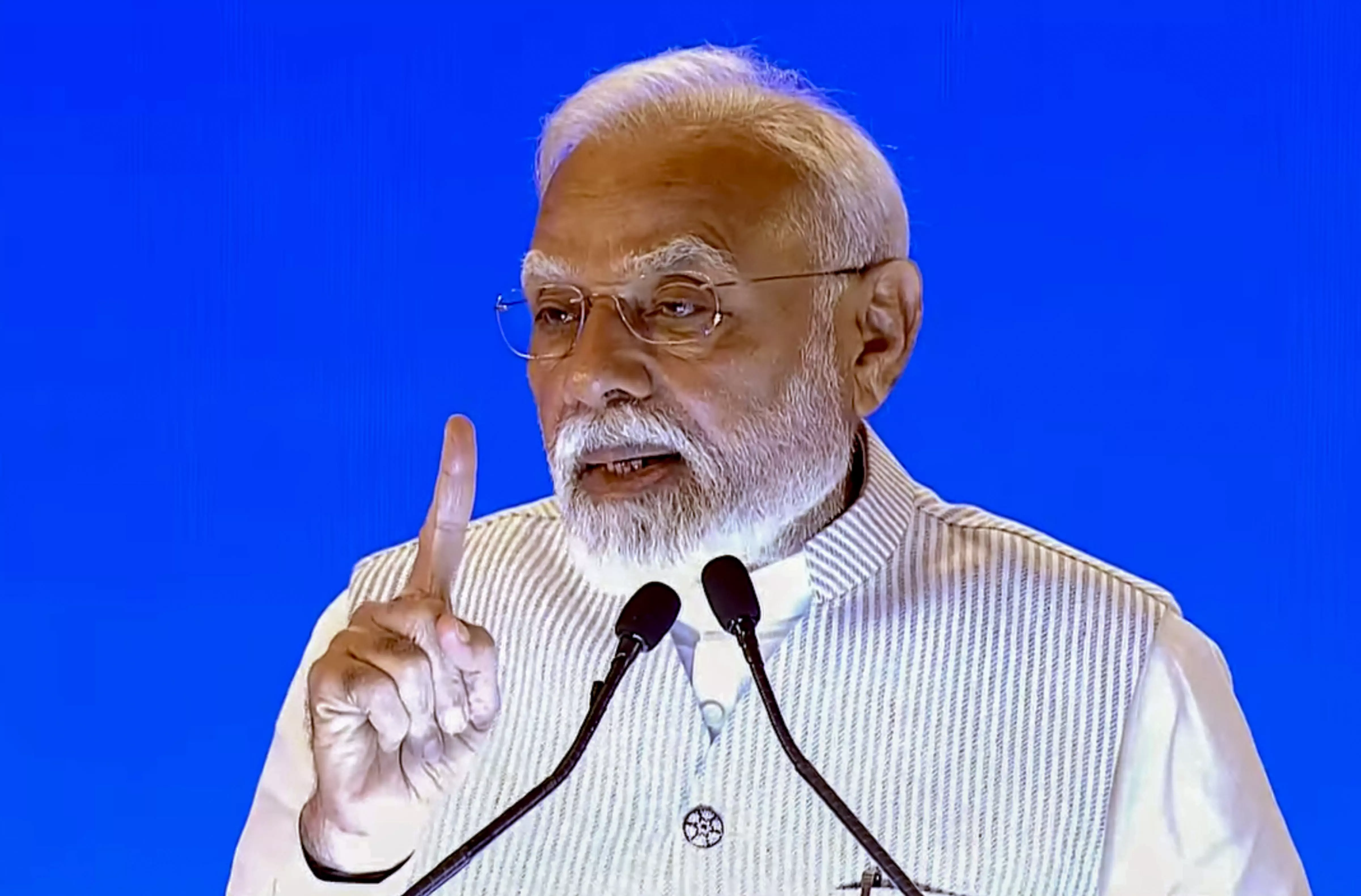Mohammad Shariful Islam Shahzad, a 30-year-old man of Bangladeshi origin, was arrested by Mumbai Police on Saturday, almost 70 hours after the stabbing of Bollywood actor Saif Ali Khan at his Bandra residence. Shahzad, who had changed his name to Vijay Das upon entering India, had been living in Mumbai for just six months. His alleged motive behind the crime, according to authorities, was robbery. Police say that Shahzad was unaware that he had entered Khan’s residence during his attempt to steal.
From Bangladesh to Mumbai
After crossing into the country “illegally”, Shahzad settled in mumbai and found work at a bar in Thane, a satellite city on the outskirts of Mumbai. However, he left his job just a week before the attack, hoping to find better employment. According to the police, Shahzad also did not have any valid Indian identification documents.
The attack and escape
According to police reports, Shahzad allegedly entered Khan’s Bandra residence with the intention to rob, but the encounter turned violent, leading to the actor being stabbed six times. After the attack, Shahzad fled, taking a train from Bandra to Dadar and then heading to his temporary residence in Worli. When he saw his image being circulated across news channels and social media platforms, fear took over, and he decided to go into hiding.
Shahzad’s escape led him to the dense mangroves near a labour camp in Kasarwadavli, Thane, where he managed to avoid capture for nearly three days. The Mumbai Police, led by Deputy Commissioner Navnath Dhawale, launched an intensive manhunt involving nearly 20 police teams in pursuit of the suspect.
During his interrogation, Shahzad revealed that after fleeing to Thane, he had tried to keep a low profile, moving from one temporary hideout to another.
CCTV footage and UPI trail: The breakthrough
The breakthrough in the investigation came through a series of digital clues that pieced together Shahzad’s movements. First, a CCTV camera in a mobile phone shop captured Shahzad on video. However, it was his own UPI (Unified Payments Interface) transaction that helped the police close in on him. Shahzad had purchased a mobile cover using Google Pay, leaving behind a digital trail that allowed the authorities to trace his movements post-attack.
Using mobile records, the police tracked Shahzad’s last-known location, eventually narrowing their search to a labour camp where he had stayed. With the help of his former employer, a contractor named Pandey, the police were able to locate the exact spot where Shahzad was hiding.
Mumbai Police officials have stated that Shahzad did not have any prior criminal record before this incident.
Discover the Benefits of Our Subscription!
Stay informed with access to our award-winning journalism.
Avoid misinformation with trusted, accurate reporting.
Make smarter decisions with insights that matter.
Choose your subscription package







